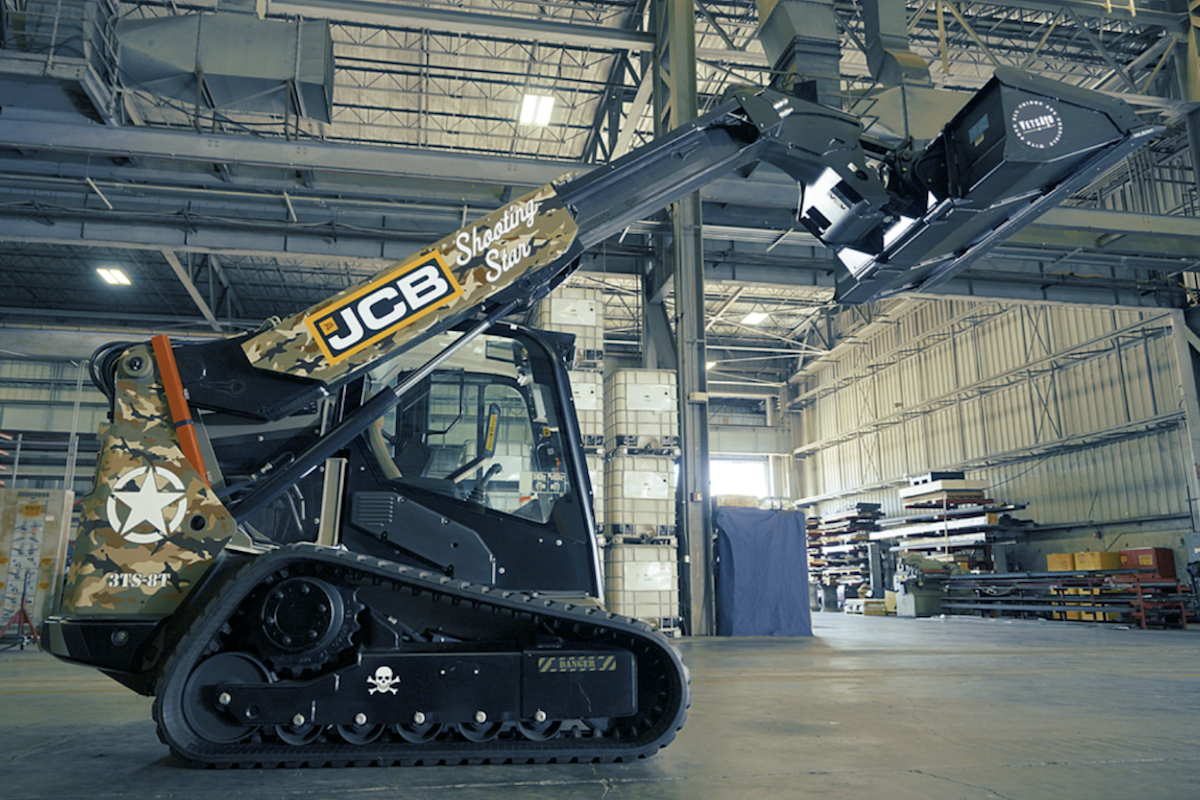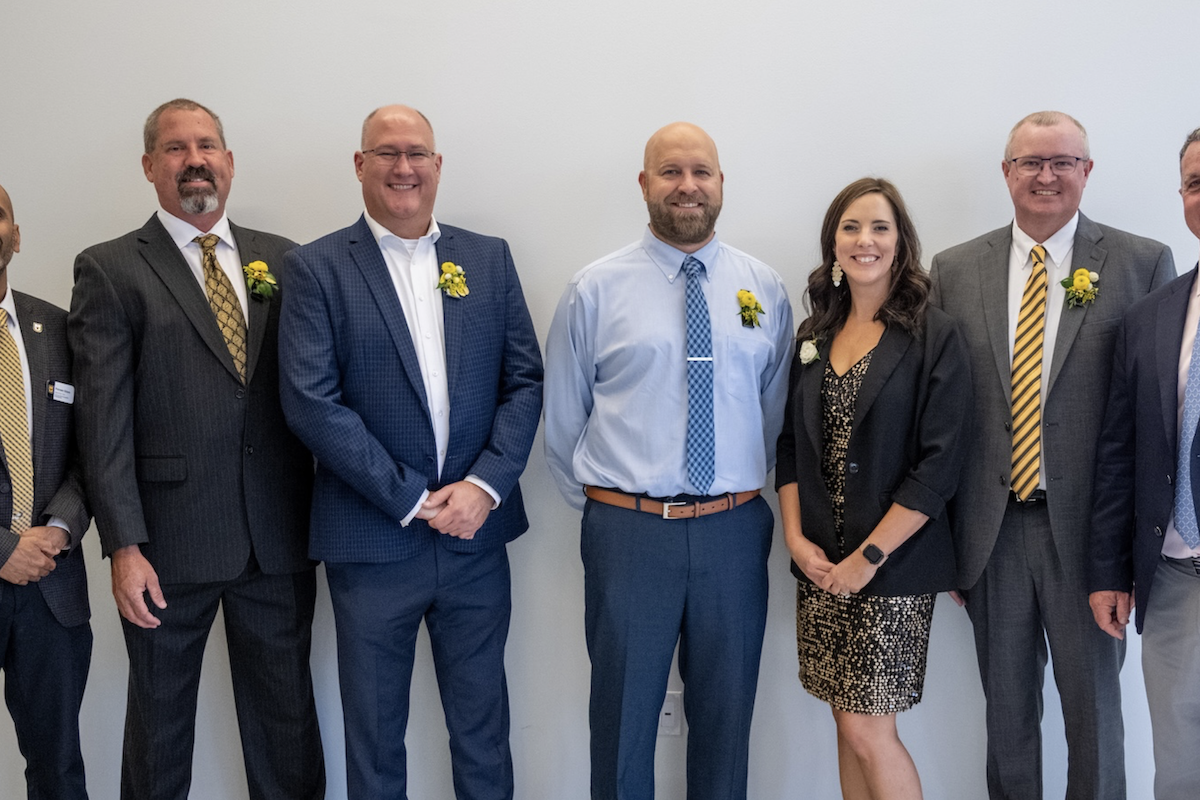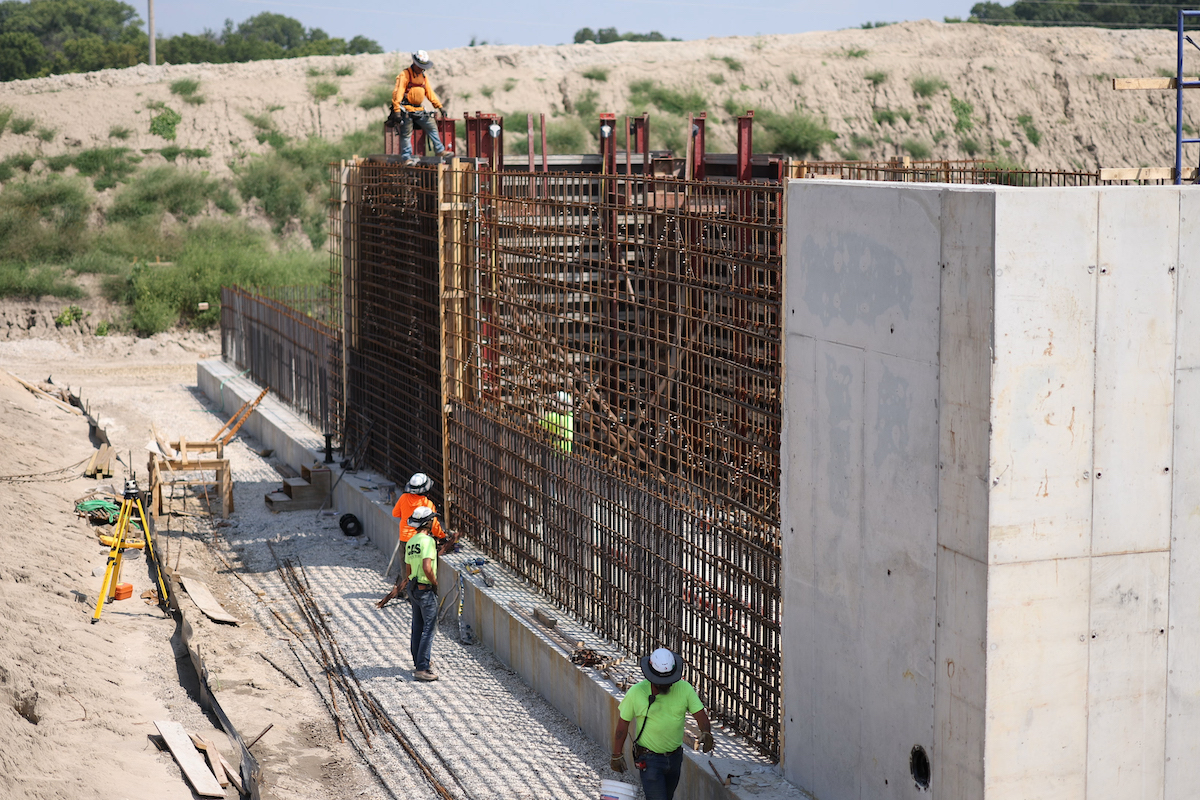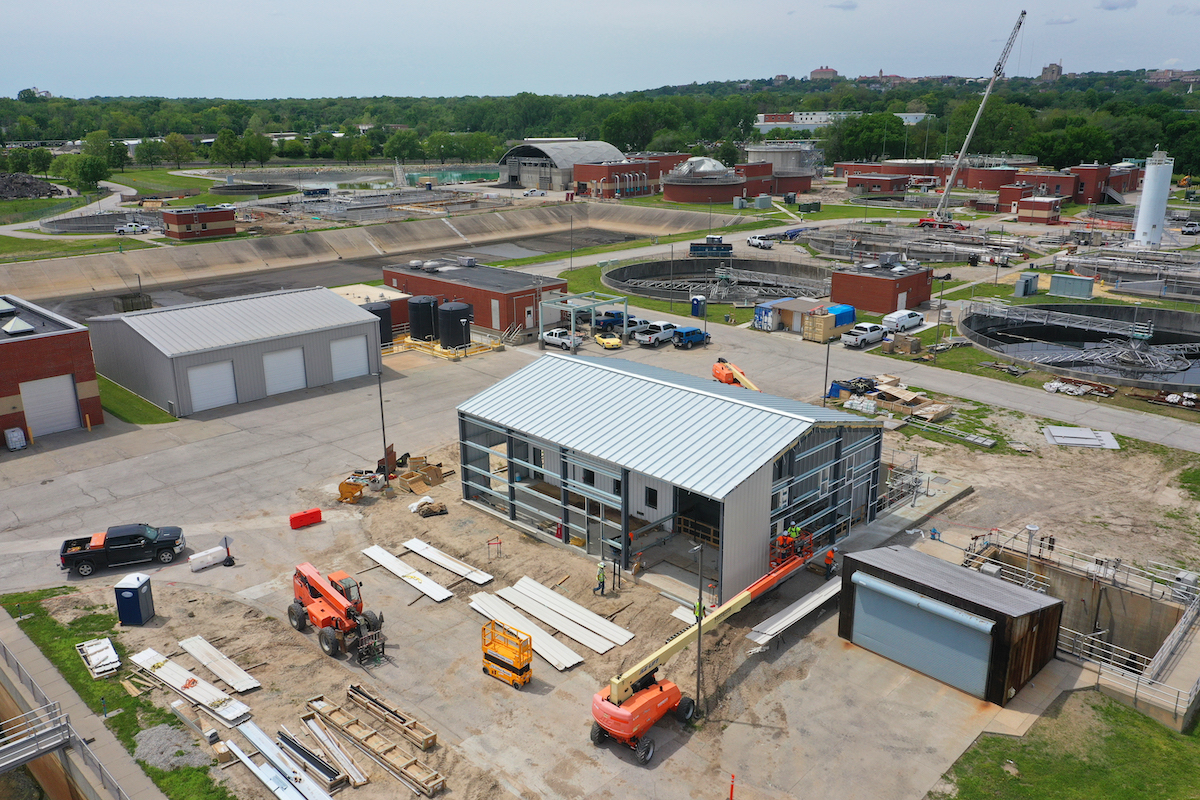The original bridges were 120 feet long and 40 feet wide and carried two lanes of traffic each. The new bridges are significantly wider and slightly longer – 60 feet wide and 130 feet long. Despite the increase in width, the bridges carry two lanes each with the extra space being striped. “WisDOT wanted the bridges to be wider to accommodate a third lane each should they decide to add one later to I-94,” says Nicole Passuello, the WisDOT Project Supervisor. In addition, the new structures are wide enough to allow for four lanes of traffic for future construction staging, eliminating the need for temporary structures.
Other minor work is taking place in conjunction with the construction of the new bridges. The work includes placing new asphalt pavement, repairing ditches, installing storm sewer, updating signage and pavement marking, and replacing guardrail and fencing.
“One of the primary challenges on this project relates to the allowable times for lane closures due to traffic volumes on the interstate,” says Adam Ericksen, the Project Leader with JT Engineering, Inc. WisDOT hired the firm to provide construction oversight. “The contract only allows lane closures during off-peak times which resulted in some work completed during late night and early morning hours.” Other related rules include the contractor not being allowed deliveries unless they had lane closures to safely mobilize equipment and materials into and out of the project.
The reasons for these restrictions, notes Ericksen, is they would lead to major traffic backups and queues, resulting in unsafe conditions for the traveling public. This challenge was expected by the contractor and was incorporated into their schedule for completion.

| Your local Manitou dealer |
|---|
| Star Equipment LTD |
Another challenge was the unpredictability of the Rush River, which Ericksen described as the most challenging river in his 23-year career. For many months of the year, the Rush River in this location is dry. However, during rain events, the river flashes and rises very quickly. Ericksen gives an example of the river’s unpredictability. “There can be a 2-inch rain at the construction site and the river will rise a half-inch. If upriver gets 2 inches of rain, the river will rise 5 to 6 feet.”
The scope included excavating the riverbanks and widening the area under the structures. “Significant planning and coordination between contractors and the inspection team took place to schedule the excavation and protect against erosion,” Ericksen says. The excavation, which included installing rock-reinforced slopes called riprap, had to be completed before the next rain event to reduce the chances for erosion.
The team had to wait until there were drier conditions to excavate. And when conditions were right, “the contractor did it quickly and efficiently,” Ericksen says.
Ericksen credits Lunda. “They’ve done an excellent job of scheduling and took input from us and WisDOT,” Ericksen says. Lunda, headquartered in Black River Falls, is an experienced company that’s completed numerous WisDOT structure replacement projects over the years.
Another major factor that has helped the team with scheduling – the weather. In two-plus years of construction, the team has lost less than four days throughout the project for weather reasons.
The construction cost for the project is slightly above $6.1 million. The project is on budget, which Ericksen credits to a very accurate plan. The team encountered few unknowns. Plus, there are good soils in the river, which meant no additional corrections to build were necessary. Ninety percent of the funding is coming from the federal government, and the state is paying the remaining 10 percent.
This project is one of a few in the area, as six structures are being replaced in St. Croix County, and six others are being rehabbed in nearby Eau Claire, Trempealeau, and Jackson counties. All but one date back to the early days of the interstate.
The newly constructed structures over the Rush River will provide a safe river crossing for the driving public for decades to come. Plus, the state can expand to three lanes on each bridge should they deem it necessary to add an additional east- and westbound lane in the future.













































































